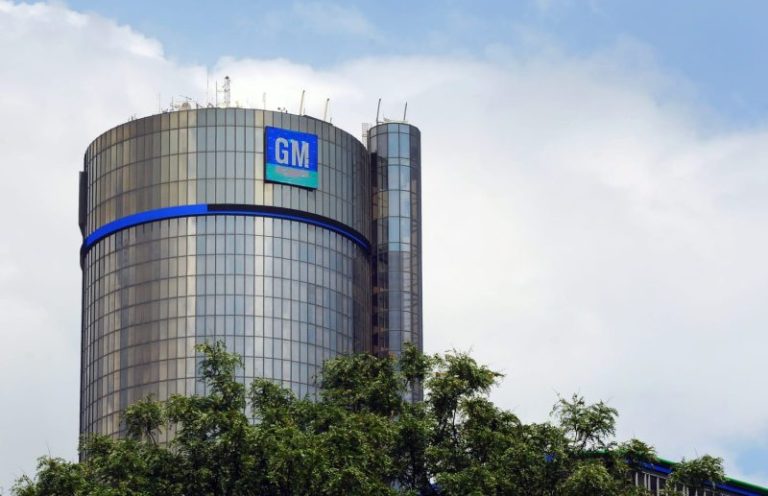General Motors (GM) has recently made a strategic decision to lay off 1,000 employees as part of a larger restructuring and cost-cutting initiative. This move by one of the world’s largest automakers comes as they aim to streamline their operations and increase efficiency in a rapidly evolving industry landscape.
The automotive industry is undergoing significant transformations driven by technological advancements, changing consumer preferences, and the need to invest in sustainability initiatives. In response to these challenges, GM has decided to realign its workforce and reduce its operating costs by implementing targeted layoffs.
The decision to lay off 1,000 employees reflects GM’s commitment to ensuring the long-term viability and competitiveness of the company. By optimizing its workforce and reducing expenses, GM aims to free up resources that can be reinvested in research and development, innovation, and other strategic priorities.
While layoffs are often a difficult and painful process for both employees and the company, they are sometimes necessary to ensure the overall health and stability of the organization. GM’s reorganization efforts are part of a broader initiative to adapt to market trends, strengthen its core business, and position itself for future growth.
In addition to the layoffs, GM is also focusing on reshaping its business model, expanding its electric vehicle offerings, and investing in autonomous driving technologies. These strategic moves are designed to position GM as a leader in the rapidly evolving automotive landscape and drive sustainable growth in the years to come.
Despite the challenges associated with layoffs, GM is taking a proactive approach to navigate the complexities of the automotive industry and emerge as a stronger and more resilient company. By making tough decisions now, GM is laying the foundation for long-term success and sustainability in an increasingly competitive and dynamic market.
In conclusion, GM’s decision to lay off 1,000 employees is part of a broader effort to restructure its operations, reduce costs, and position the company for future growth. While layoffs are never easy, they are sometimes necessary to adapt to changing market conditions and ensure the long-term viability of the organization. GM’s strategic moves reflect its commitment to innovation, efficiency, and sustainability in a rapidly evolving industry landscape.



